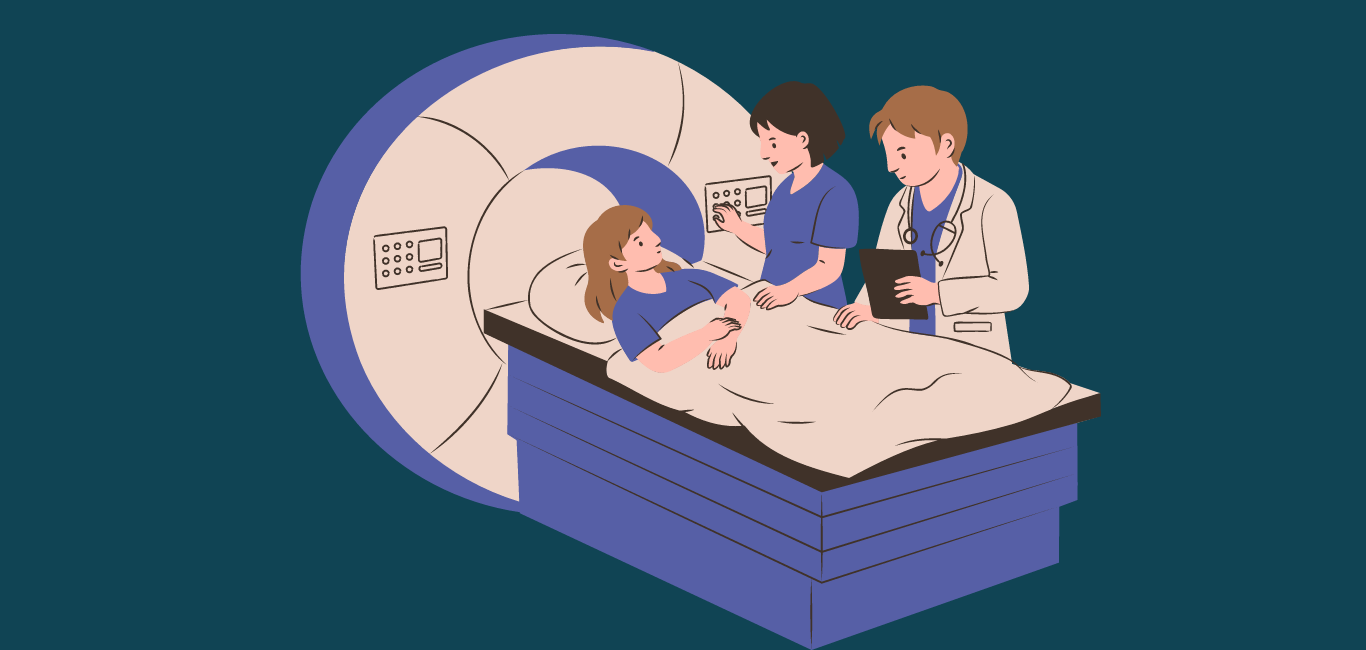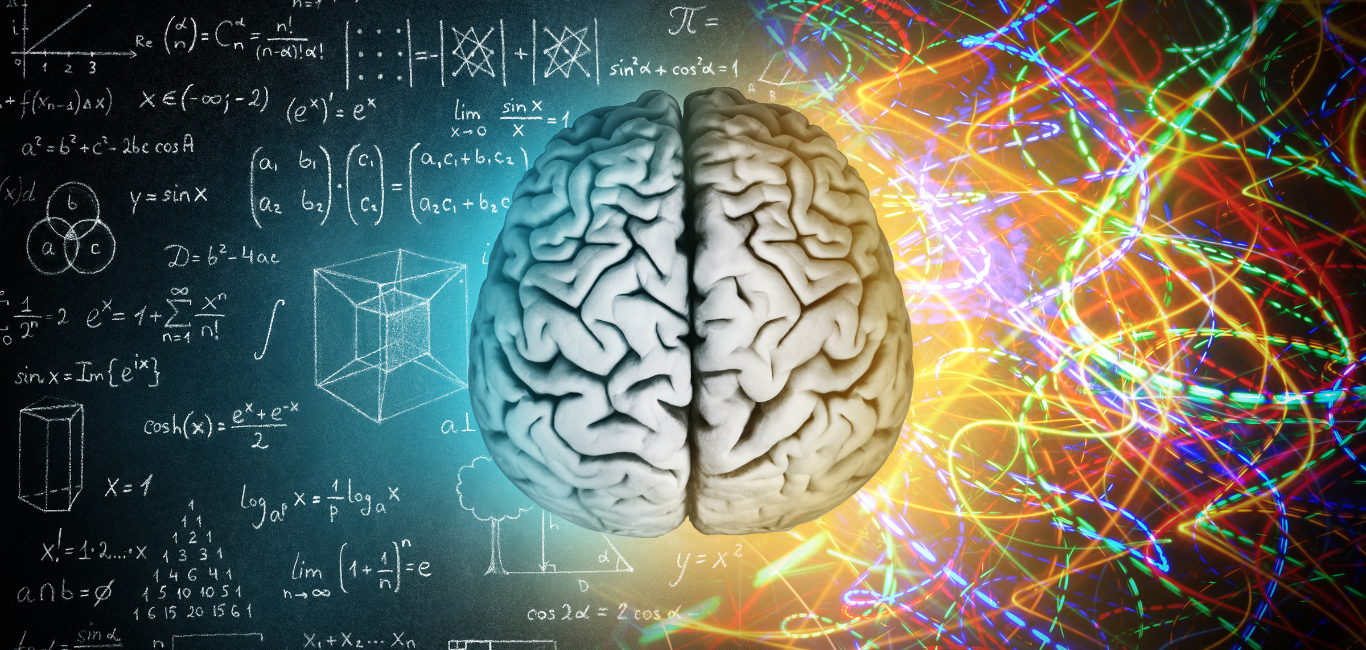
In 1969, Raymond Damadian, an American physician, revealed the magnetic resonance imaging (MRI) technique to the world. The MRI (also known as structural MRI) is a non-invasive imaging technique that gives a picture of all the internal structures in the body, including bones, blood vessels, organs, and muscles. This magnetic field-based imaging can figure out various anomalies in the body, including injuries and tumours. However, the MRI generates low-resolution images, which gives an idea about how the organ looks and not how it works.
The MRI was upgraded to a functional MRI or fMRI in 1990. Seiji Ogawa, a Japanese biophysicist and neuroscientist, revealed how the technique could help peek into the inner functions by measuring the oxygen levels in blood when the neurons are active. His new method enhanced the quality of the structural MRI by converting it into a powerful scanning machine. The functional MRI transformed medical diagnostics manifold.
Listed below are four features of functional-MRI.
-
Active brain, active scan
“Activities in the body make changes in the brain,” says Dr Bhaskar MV, Lead of Radiology Department and Interventional Radiologist at SPARSH Hospital Bengaluru. He explains that brain cells spark up in the motor cortex when doing physical activities like making a fist. These neurons become active and use up energy. For the neurons to get more energy, the blood flow increases to that part of the brain. This rush of blood to the brain brings more oxygen and provides the energy the neurons require.
The fMRI measures these minor changes in the blood flow and oxygen levels corresponding to the brain activity and generates a brain map, says Dr Bhaskar.

-
Structure vs function
A regular or structural MRI will detect the type, structure, and location of the anomalies in the brain. However, functional MRI has the upper hand in finding out how the anomalies affect the functions of the brain. Hence, this advanced imaging technique helps assess the potential risks of surgery. It provides better surgical planning for the surgeons to strategise ways to tackle the anomaly without affecting the brain regions.
-
Black and white to colour
Dr Bhaskar says the regular MRI provides grey and white images, whereas the fMRI gives coloured images. “The structural MRI is a very static image, whereas the functional MRI is more dynamic,” he says. The fMRI helps the experts to scan the brain continuously. This dynamic imaging gives a more vivid picture. For example, the parts of the brain with more blood flow appear more red. Whereas the parts of the brain with lesser blood flow intensity appear more blue and yellow, he explains.

However, Dr Bhaskar clarifies that both types of MRI have the same machinery but different programming for recording brain activity. “The functional MRI requires advanced and higher strength of the magnetic field [above 1.5 Tesla],” he says. This higher strength lends the functional MRI better image resolution for the scan and higher sensitivity. This upgraded imaging picks up the minute changes in the brain caused by a minor movement in the body.
-
Still-life and moving life
When the expert takes a structural MRI scan, the person must stay stationary and calm. However, during the procedure for an fMRI, the person can be doing a simple task like blinking or making a fist so that the dynamic brain activity is assessed. Dr Bhaskar adds that there is another kind of fMRI called the resting state fMRI. “[In this], the person will be calm, and we will analyse the brain activity when they are at rest,” he says. During the resting state, the expert will also look at the connectivity between the lobes of the brain.
Currently, fMRI is used only for brain scans by neurologists and radiologists to peek into the workings of the brain, sums up Dr Bhaskar.
Read more: Mind your head: ways to screen head injuries

















